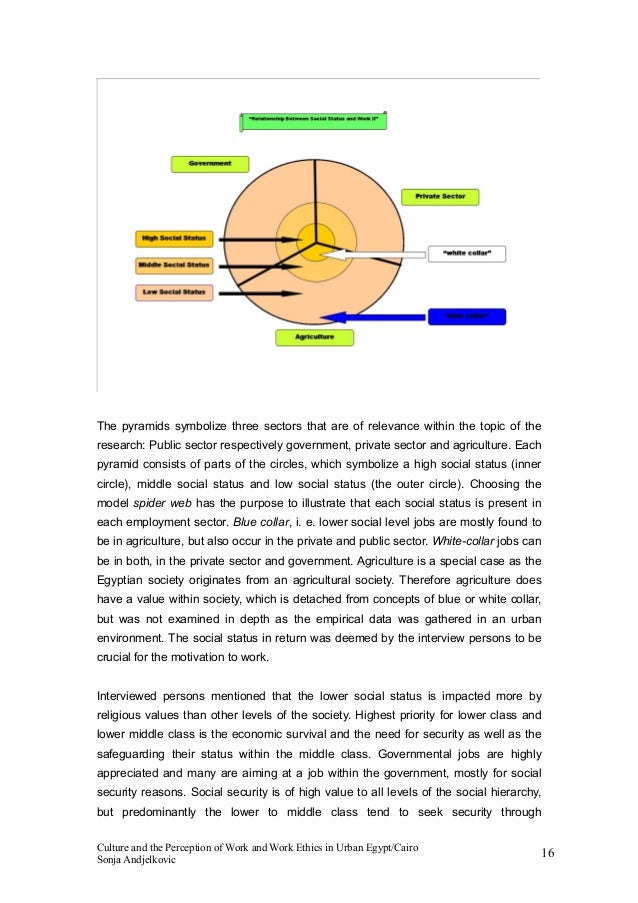Islamischer Staat und Islam Ver. Unterrichtsbehelf das Buch des Islamisten und Fernsehpredigers Yusuf al-Qaradawi Erlaubtes und Verbotenes im Islam. Textos Pdf To. Worte Des Propheten _ Ghazi Ahmad. Univers Family Fonts. Download as PDF. Erlaubtes und Verbotenes im Islam _ Jusuf al-Qaradawi.

Hadith-Methodologie aus der Sicht von Y. (Erlaubtes und Verbotenes im Islam). Medien-Fatwas@Yusuf al-Qaradawi. Mime Video Player.
The story of Lot in the Qur'an What does this have to do with being gay or lesbian? Driver San Francisco More Cars Mod. Doubts: a Qur'anic legal prescription directed against homosexuality? – A comment on Surat an-Nisa’ 4, verses 15-16 The sayings attributed to the Prophet Muhammad: homosexuality in hadith Are the sayings attributed to Muhammad authentic? Stoning and burning: on some aspects of classical Islamic criminal law How was it really in history?
'Youths Handsome As Pearls' in Paradise Homoeroticism in the Sufi world The 'depths' of popular faith: 'eating pork makes you homosexual' Islam according to Saudi Arabia Love and partnership – considering Surat ar-Rum 30, verses 21-22 Islam and Homosexuality – or: Can Muslims be Gay or Lesbian? – or: Can Lesbians and Gays be Muslims?
A theological re-interpretation of love and partnership in the Qurʾān, Sūra 30: 20-21 [21-22] There is a verse (an āya – literally “a sign”) in the Qur’ān that is often quoted in connection to marriage. I myself wrote it once in a calligraphic style in Arabic for an invitation card of a friend when he married. Yes, it is about marriage, but – not only. Or is it at all about married life, about a man and a woman? It is certainly about love and companionship, maybe the most important Qurʾānic verse on the topic – so let’s read the verse with this question in mind: “And of His signs is that He created for you, of yourselves, mates, that you might repose in them, and He has set between you love and mercy.
Surely in that are signs for a people who consider. And of His signs is the creation of the heavens and earth and the variety of your tongues and hues. Surely in that are signs for all living beings.” (Qurʾān, Sūra 30 ar-Rūm, verses 20-21 [kūfic: 21-22].) Note that the end of the last verse (translated here according to the reading of Warsh and Qālūn: lil-ʿālamīn: “for all living beings”, lit.
“for all the worlds”) – according to the more common reading of Ḥafṣ (lil-ʿālimīn) would be translated: “for those who have knowledge.” So we should really consider the Signs of God – with knowledge – and we will find that in God’s creation there is love, companionship, even life-long, between partners, mates who are not heterosexually married and who can not beget offspring with each other. Nature including mankind knows of sincere love detached from the obligation (or pressure) to multiply, or, let’s say, from the nice side-effect of producing children. It is true, that the Qurʾānic verse mentioned can be understood as referring to marriage, to love between a man and a women – and it usually is, but it does not necessarily have to since it does not mention “marriage” nor a clear-cut “wife” or “husband”. The word used for “mates” in this verse ( azwāj, sometimes translated as “spouses” – but in German Qurʾān translations always fem. “Gattinnen” meaning “wives”!) can have both genders, masculine and feminine; its singular form zawj (zaudj – which is derived, via Aramaic zaugā, zōgā, from the Greek word zeugos) literally means “a pair” or, more often, “a part of a pair” (such as one single shoe from a pair of shoes) – that is: a partner.
And maybe you have noticed it: not even children, sons, daughters, offspring are mentioned here – inspite of the great importance of this in Arabian culture. – From this I conclude, then, that sincere, dedicated homosexual relationships (call them “marriages” or leave it) could be and should be considered among those Signs of God, i.e. As an integral, wise part of His works. I have quoted not only one verse, but included the following one mentioning the variety of languages and colours – perhaps: colours of skin, hair and eyes in people.